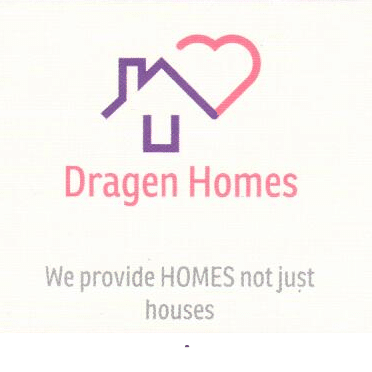There are many bridging finance providers available, and because of fierce competition, lenders are improving their services. In order to attract borrowers, it is not enough just to have the lowest interest rates. There are other aspects of the bridging loan process that are being improved to make bridging finance products better. Most bridging lenders will lend up to 70% loan to value, but now some lenders are prepared to consider 80% loan to value loans. A major advantage of bridging loans is that they can be arranged quickly. A bridging loan application can be approved in less than a day, but some lenders have cut this down to just three minutes. After the initial approval for a bridging loan, documentation needs to be received by the lender and checked. If the bridging loan is for a property, then a valuation report is required. This process of submitting and checking documentation can take a while, which can be a problem for time sensitive deals, but some lenders are now guaranteeing that the time taken between receiving documents and releasing the loan funds will be five days or less. Technology is also being used by bridging lenders. Brokers can contact lenders through websites and receive very fast loan decisions for their clients. Apps can be downloaded to a smartphone to make the finding of information for a bridging loan easier. Some apps include loan-to-value and price per square foot calculators for property developers, helping everyone ensure they are getting the best deals for their money.






